River of Life, The: Changing Ecosystems of the Mekong Region
by Mekong PressYos Santasombat
In northern Thailand, Laos, and southern China, marginal fishing communities along the Mekong River and its tributaries are seeing the adverse effect of changing ecosystems on their fish stocks, local economies, lifestyles, and cultural practices. Transnational mega-projects are causing great environmental degradation and increased vulnerability to people’s livelihoods. While depicting a stark future for less advantaged Mekong communities, this book sees reasons for hope in the communities’ capacity to respond to these changes.
Using their local knowledge to cope with evolving historical realities such as erratic fluctuation of water levels, many local communities have devised conservation measures that regulate the timing and extent of fishing. The author argues that if the value of this knowledge is recognized, and communities are included in regional and national planning, a sounder natural resource management system can be developed. The book advocates for the incorporation of bottom-up planning processes in the development of the Greater Mekong Subregion. Since communities may not be able to initiate a more inclusive approach on their own, the author supports the formation of transnational civil society alliances between local groups and regional and international organizations, seeing them as crucial to more balanced development in the subregion.
About the Author
is Professor of Anthropology at Chiang Mai University. He received Senior Research Scholar Awards from Thailand Research Fund in 2002 and 2006. He has published over two dozen books and research manuscripts on issues pertaining to resource management. Two recent books are Biodiversity, Local Knowledge and Sustainable Development (2003) and Flexible Peasants: Reconceptualizing the Third World’s Rural Types (2008).
Highlights
- Describes the Mekong Basin’s bio-geographical zones and natural resources
- Investigates the transnational enclosure of the Mekong
- Presents ethnographic accounts of three riparian communities
- Describes the environmental impact of Mekong hydropower development
- Appendixes 1–3: more than 100 color photos of fish, fishing techniques, and bait
- Appendix 4: extensive tables on fish species and fishing techniques for various ecosystems in the Mekong Basin
Keywords
Mekong River | Greater Mekong Subregion | transnational enclosure | natural resource management | local knowledge | fish
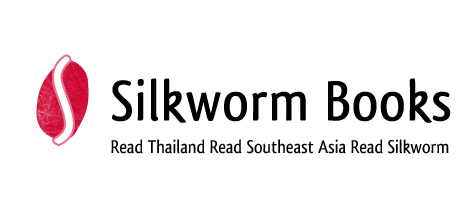
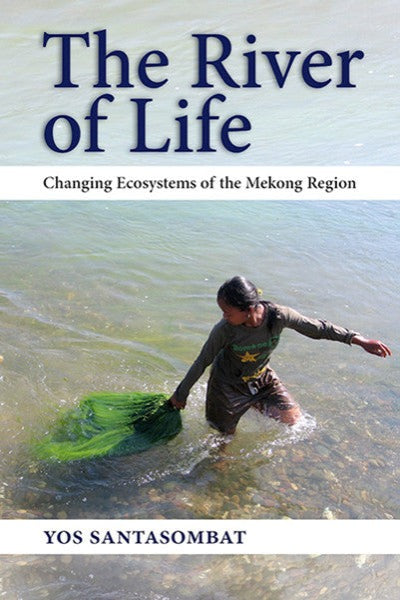
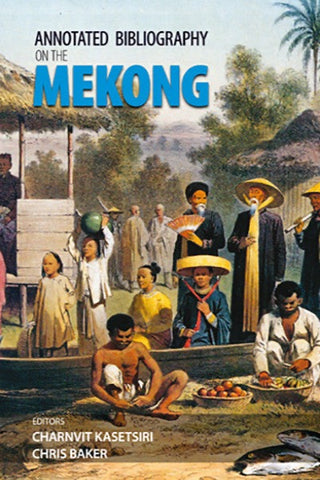
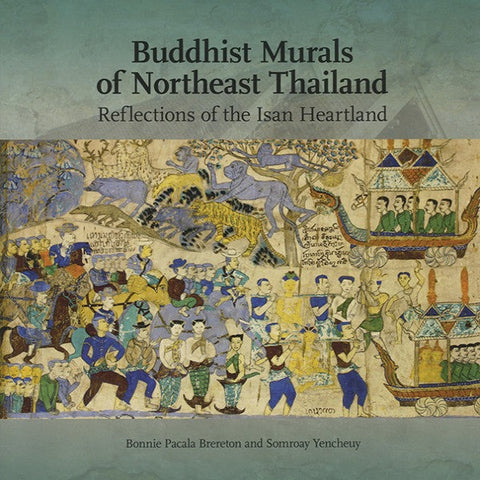
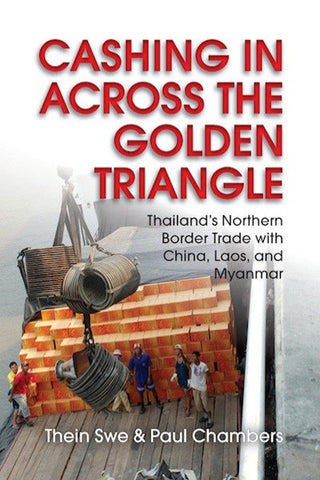
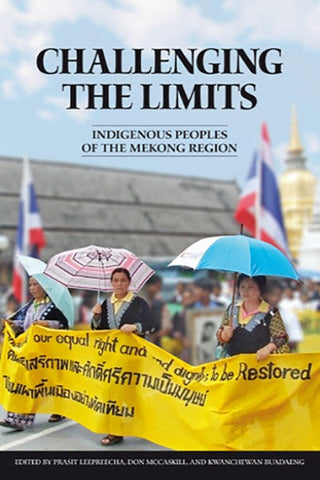
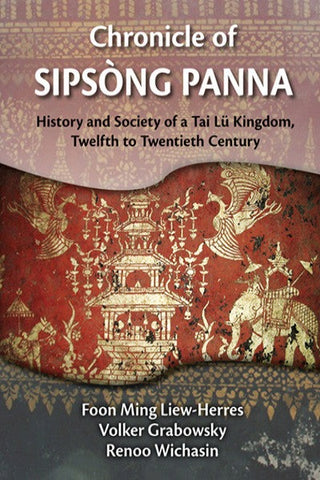
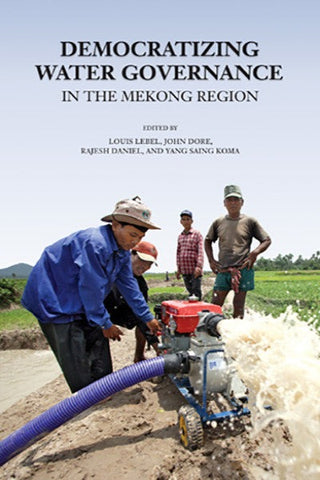
Share this item: